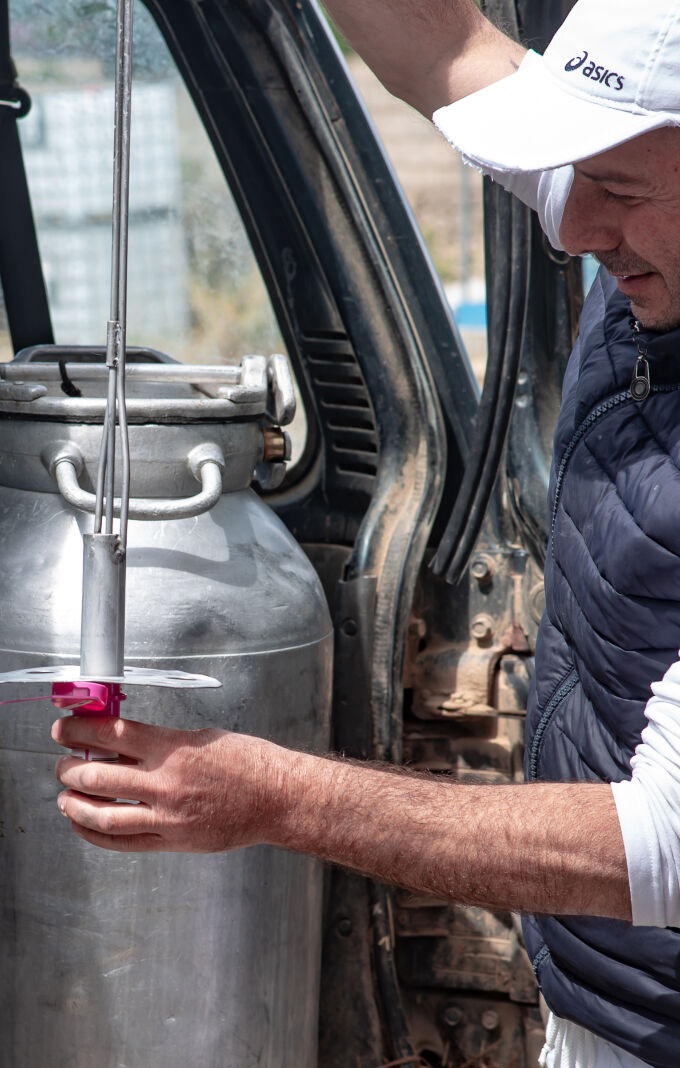
Sardinia, an authentic expression of Mediterranean culture, proudly guards its unspoiled nature, abounding with scents and colours, and continues to uphold its ancient traditions whereby the friendliness and hospitality of the Sardinian people are enriched by the flavour of the island’s unique produce. This island’s ancient culture is wholly expressed via this splendid PDO cheese, rendering it a sublime art to be brought to the table so that ancient memories can be rediscovered through taste.

Pecorino Sardo is one of the oldest cheeses in Sardinia and boasts a long history, dating back to the times of the Nuragic civilization: a population that was more
dedicated to animal farming than to agriculture.
During the time of the Carthaginians, and more latterly the Romans, Sardinia became one of the Mediterranean’s major producers of grain. As a result, vast swathes of forest made way for grain production, but also for grazing land, which quickly became increasingly more prevalent thanks to the island’s unique and very favourable environmental and climatic conditions, where natural meadows rich in a wide variety of shrubs provided, exactly as they do today, a very important food source for the island’s sheep.

The first accurate historical records detailing the ancient origins of Pecorino Sardo PDO date back to the late 1700s. The cheeses mentioned were called Bianco, Rosso Fino, Affumicato, Fresa and Spiatatu. Between them, the Rosso Fino and the Affumicato - the fine red and the smoked cheese - can be considered the precursors of Pecorino Sardo. Both chesees were made from raw milk or milk heated by dipping hot stones on it.

Over the centuries, the processing techniques were refined and the traditional methods that had been passed down were gradually merged with new and more innovative processing practices. In the late 1800s and early 1900s, new production methods started to become more commonplace, in particular the use of a thermometer, milk filtration, and titrated liquid rennet. With the introduction of more modern machinery and further technological innovations, the sanitation, the heat treatment process, the curd “semi-cooking” times and methods, and the process of using natural lactic acid bacteria starter cultures and rennet were all improved and streamlined. This was largely driven by the fact that new and larger markets were opening up, and these markets were demanding products that were hygienically safe, had clearly defined organoleptic qualities and were easy to identify.
From the 60s in particular, the characteristic production technology of Pecorino Sardo has been continuously honed until today, without ever forgetting the origins and teachings passed down from tradition.


